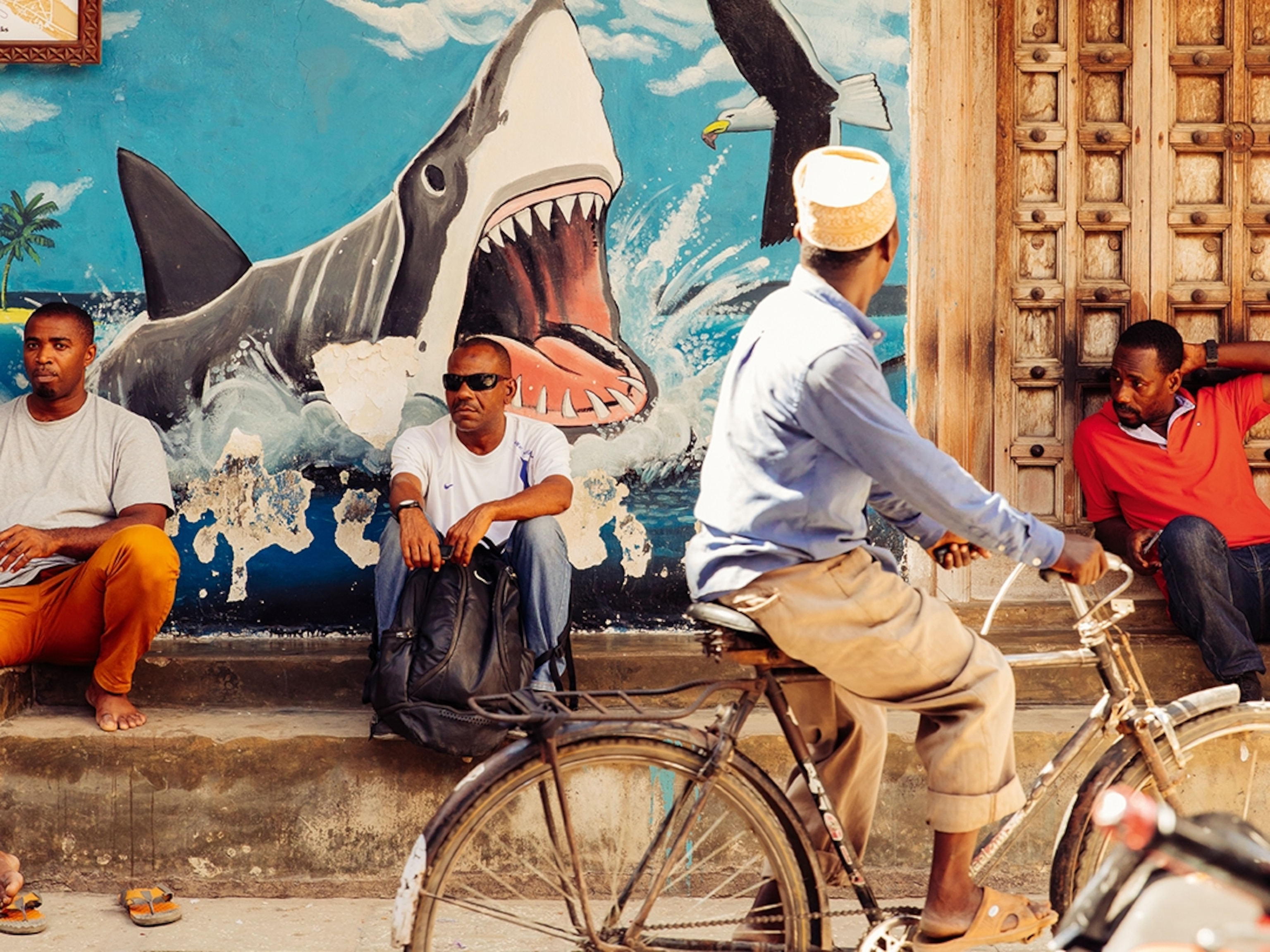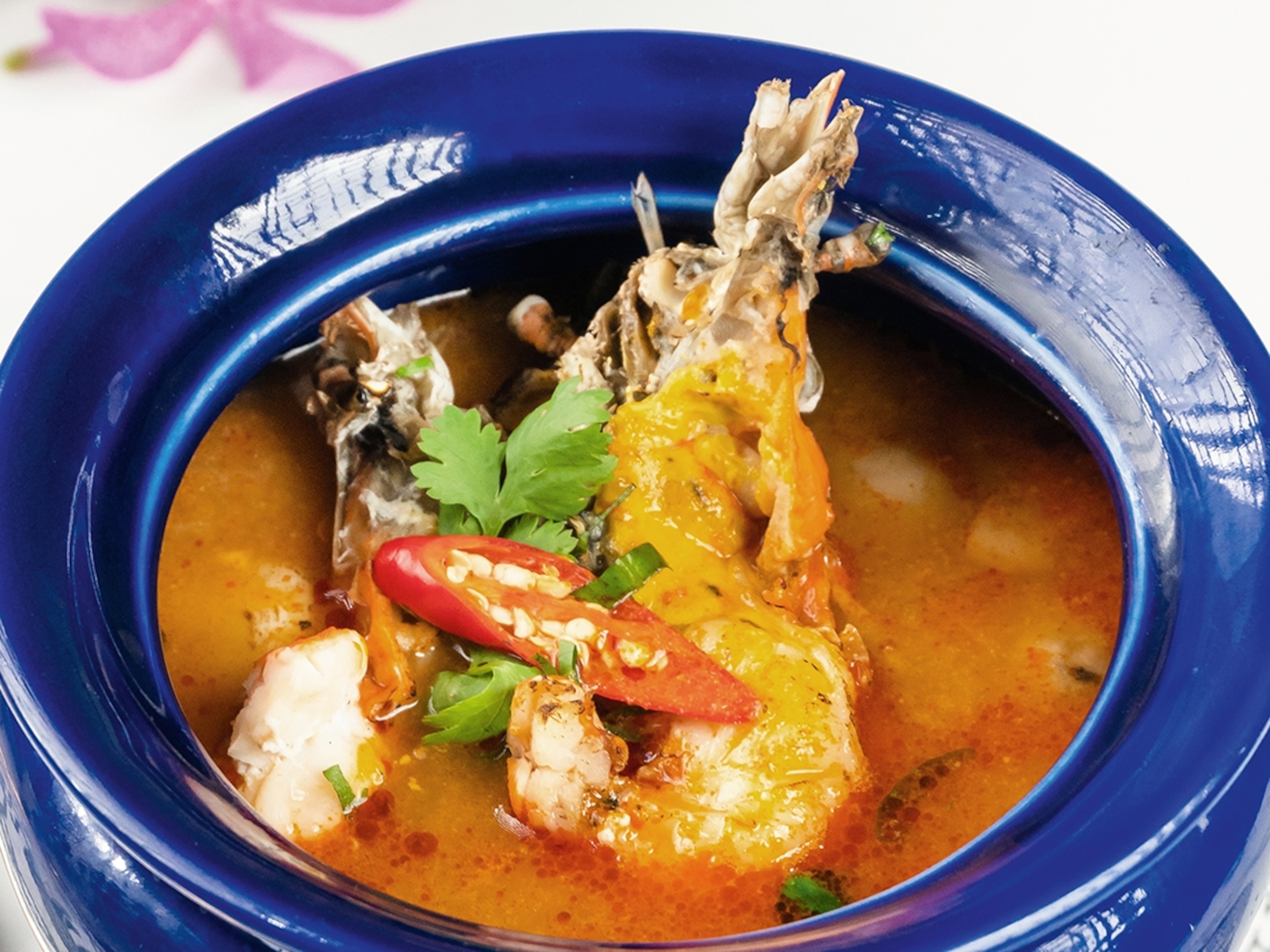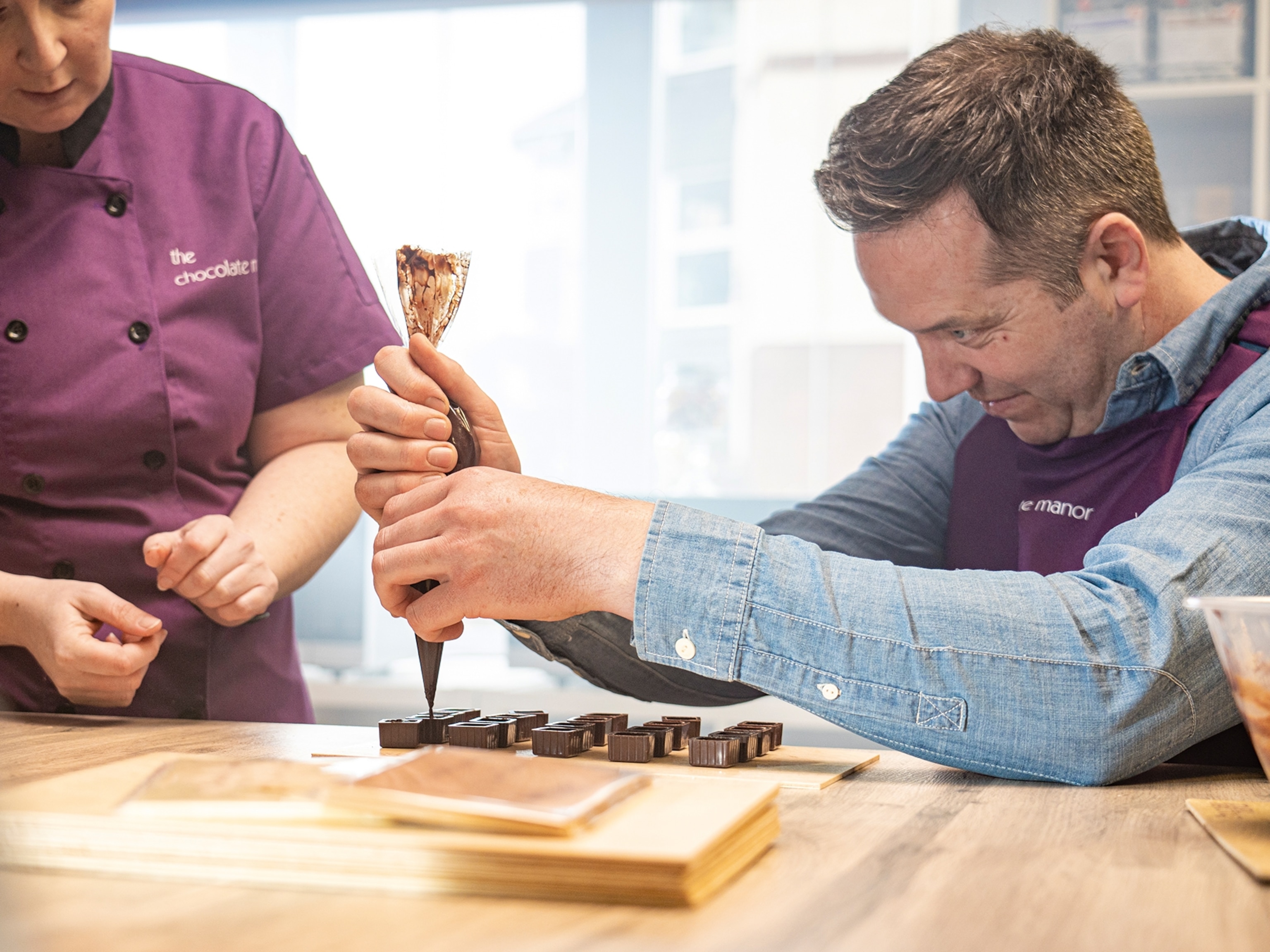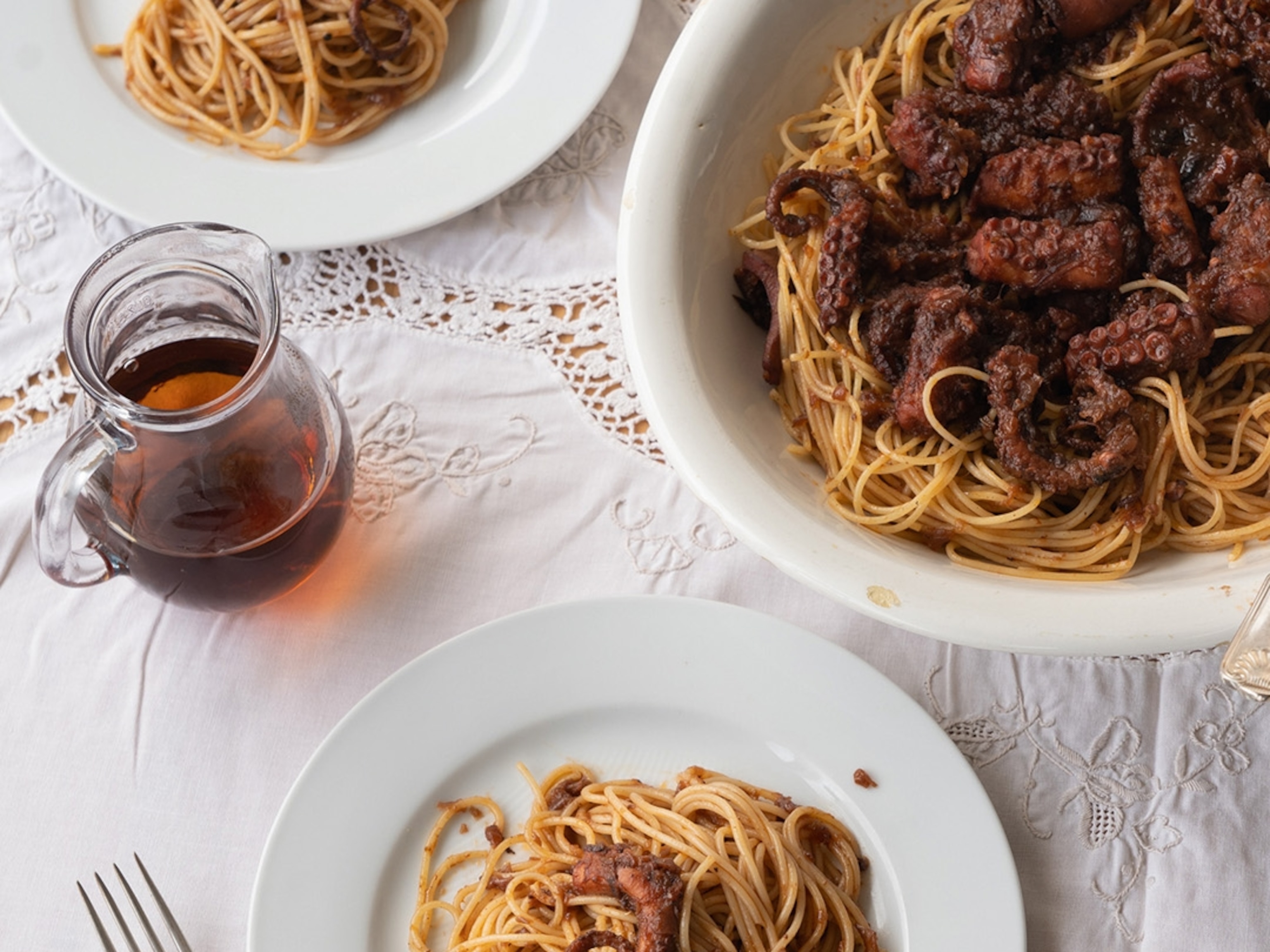
A taste of Grenada, from lemongrass biscuits to lime pie
Whether it’s chocolate made from beans grown in vanilla orchards or tea infused with soursop leaves, Grenada’s specialities offer up a taste of the island.
Belmont Estate
Jason George takes a cocoa pod and smashes it open against the wall. “Here, try,” he says. I take one of the pulp-covered beans from within and it breaks into bitter fragments in my mouth. “I know it doesn’t look like it,” says Jason, encouragingly, “but this is how chocolate starts.”
Jason is a guide at Belmont, a historic estate on the island’s northeastern slopes. It can trace its roots back to the 1600s, when plantations were established during the time of French rule. Throughout its complex and, admittedly, not always glorious history, all manner of crops have been grown here, from coffee to cotton. But these days the estate focuses on cocoa — mostly the prized criollo and trinitario varieties — and nutmeg, Grenada’s signature spice.
But rather than planting crops uniformly, Belmont scatters its cocoa trees among other plants, such as fruit trees and vanilla orchids. Jason explains this approach as he ushers me under the boughs of a cocoa tree. “We’ve found that growing cocoa trees alongside other plants can really change the flavour of the chocolate. It makes the cocoa more interesting.” He gestures to the pale fruits of a nutmeg tree dangling just a few inches from a bright red cocoa pod. Both are bitter and unripe now, but who knows what the future holds. “We like to think the plants are talking to each other,” says Jason.
Once harvested, the beans are fermented for around a week under banana leaves and jute sacks. They’re moved every two days, which helps to distribute the warmth generated by fermentation and allows flavour to develop. “For dark chocolate, we ferment for six days,” says Jason. “Any longer means more fermentation, which gives you a sweeter bean.”
The beans are then laid out on great trays outside. One of Jason’s colleagues is busy turning them — not with his hands, but his bare feet. Shuffling up and down the tray barefoot spreads the beans more evenly, Jason explains, which dries them out better. I raise one of the brown beans to my nose. Only now can I detect that intoxicating scent: a faint hint of the darkest, most bitter chocolate.
But there are a few more steps before the prized product really takes shape. Jason leads me to the on-site chocolate factory; I smell it before I see it, the aroma of cocoa butter wafting from the doorway. In pristine chef whites, Roland Baptiste talks me through the next steps, which involve removing the nibs from the shells, grinding them to a fine paste and adding sugar and fat. “Because we’re not producing millions of dollars’ worth each year, we can really control the quality,” says Roland, showing me some of the bars Belmont makes, from a 60% milk variety to one spiked with sea salt, and another the colour of butterscotch, which melts on the tongue with a fudgy sweetness.
He pushes one last bar towards me. “Try this one,” he says. “This is my favourite.” Behind the creaminess I taste gentle notes of spice. Mace? Pepper? Vanilla? I think back to the garden, and the cocoa and nutmeg trees, and wonder what they’re saying to each other.
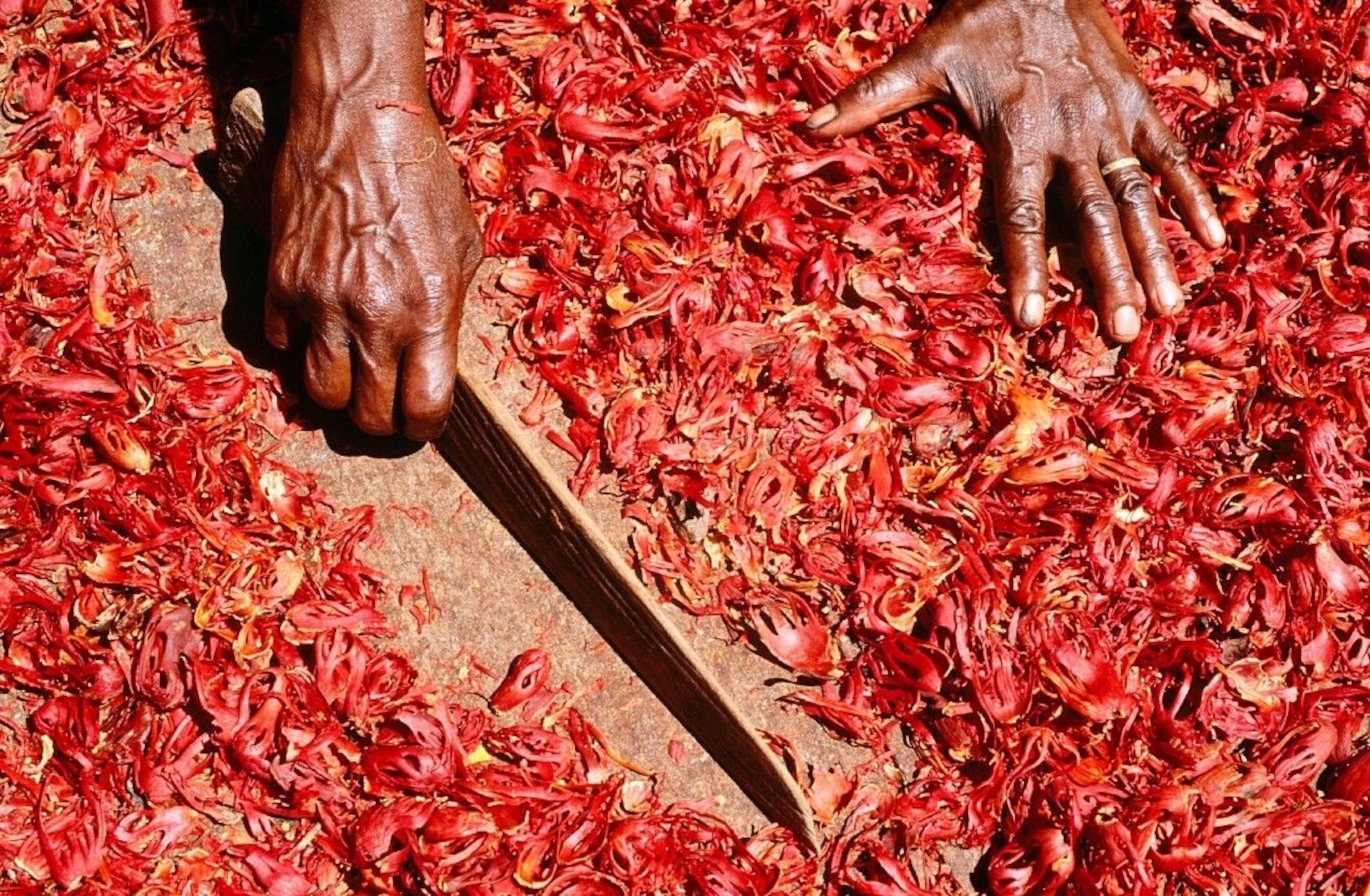
Garden of Bayleaf
Tamika ‘Tami’ Phillip has arranged quite the spread for afternoon tea: lemongrass biscuits dipped in chocolate; garlicky callaloo quiches; and passionfruit upside-down cakes, crowned with whipped cream. Teapots dot the table, each filled with a different brew: bay leaf, cinnamon, sorrel. A pair of ornate Turkish tea glasses gleam on the shelves — a nod to the five years Tami spent living in Turkey. “I must have drunk about 50,000 cups in that time,” she laughs.
But Tami’s appreciation for tea started long before she moved to Turkey. She explains that Grenada has a tradition of ‘bush tea’ that goes back generations, when islanders would turn to fruit, flowers and leaves to make tea in the hope of staving off illness. “A lot of [our tea-drinking] is to do with health, but for most people it’s just part of their routine,” she explains. “Our elders didn’t go to the doctor; they’d drink tea so they wouldn’t have to go in the first place.”
The medical benefits aside, Tami is hoping to establish more of a tea culture in Grenada. She opened Garden of Bayleaf in this former nutmeg station in St David’s Parish last year, selling and serving tea made with produce from local growers. The building was devastated by Hurricane Ivan in 2004, but Tami’s project is breathing new life into the site’s wooden bones.
“People were always coming here to have their nutmeg processed, and they’d come with so many stories,” says Tami. “So we wanted people to come and share their stories of tea, too, and keep the traditions.”
She pours me a cup of tea made from the leaves of soursop, a knobbly, lurid green fruit with a citrusy tang. The tea, however, is faintly musky — not entirely unlike green tea — and gently refreshing. “It’s full of antioxidants,” says Tami. “They say it’s the next big superfood.”
Outside, the calls of grey kingbirds glide on the sultry afternoon air, trees rustling in the breeze. We finish with a Grenadian take on the cream tea: warm scones, slathered with guava jam and honey butter. I ask Tami for her take on the age-old debate. “Butter first, of course!”
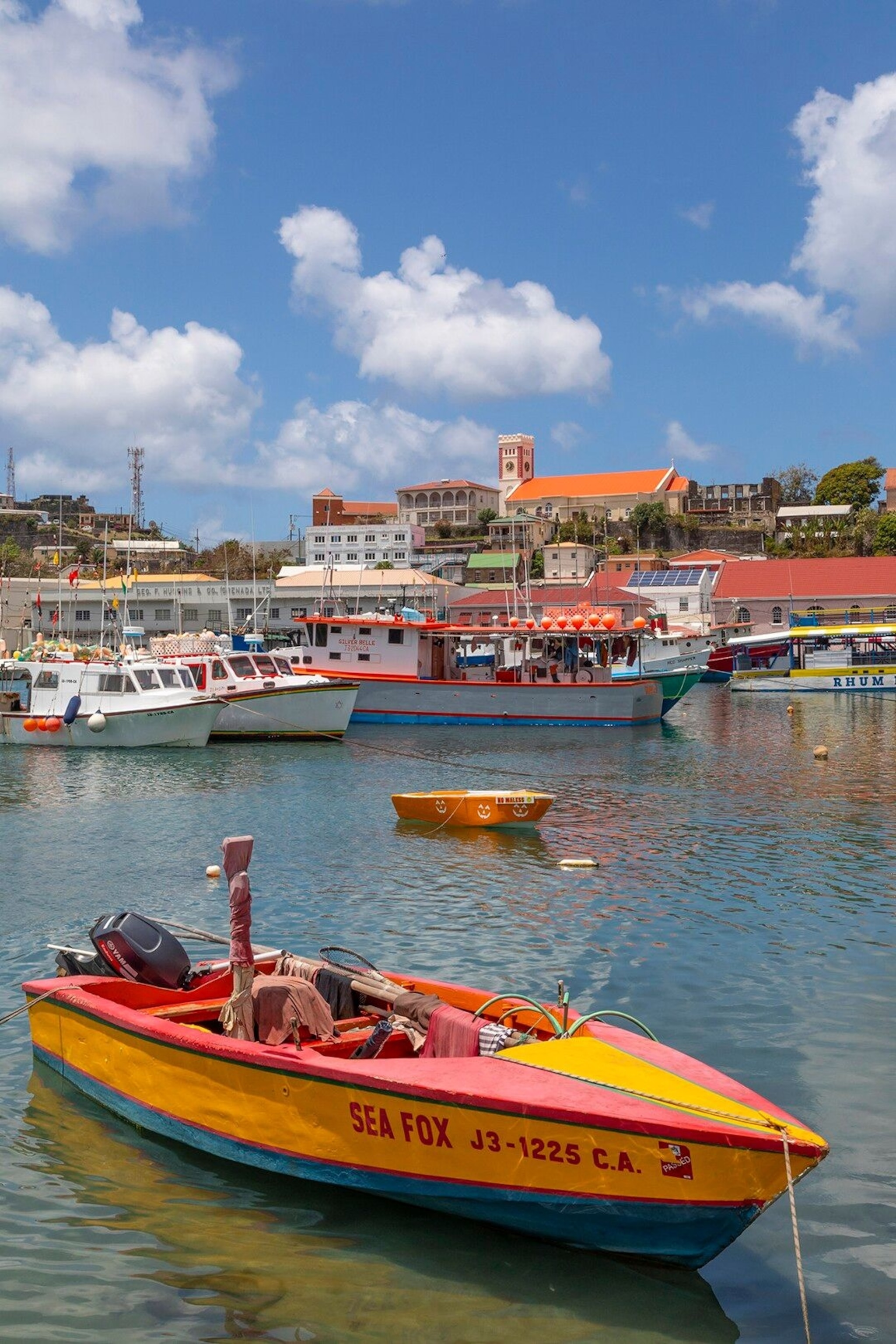
De La Grenade Industries
Crack, crack, crack. The path beneath me is laid with hundreds of dried, brown nutmeg shells, splintering as I walk. “It’s a way of using the leftover husks,” says guide Glynis Roberts. “Or we’ll use them to make syrup or liqueur. We don’t want to waste them.” There’s a warming waft of spice with each step, and I crouch down to examine the cracked shells more closely. But Glynis has already moved on, marching ahead.
After all, there’s lots to see in the lush gardens of De La Grenade Industries, a food factory in the island’s heart. It’s a true Grenadian success story: in the 1960s, the company’s founder, Sybil La Grenade, started selling jams, jellies and syrups made in her basement. The business took off, and after Sybil’s death in 1991, her daughter Cécile (now the country’s governor-general) increased the site’s production to turn it into one of the island’s leading food companies. Much of its produce — including scarlet hibiscus cordials, nutmeg jam and fiery pepper sauces — can be bought at the on-site shop, as well as London’s Borough Market.
But it all starts here, in this delicious, fragrant, cottage-like garden, home to orchids and sweet-smelling ginger lilies, and thyme and stevia bushes that fill the air with delicate perfumes. Branches sag with mangoes and oranges, and the ground is littered with ripe, yellow starfruits. Particularly striking is the pineapple plant, its green, spiky leaves cradling a single, pink fruit like a precious jewel.
Glynis stops beside a laurel tree and runs a small knife down the trunk. She hands me a fibrous shaving of green bark. The taste is familiar: faintly peppery with a lingering, minty flavour. “That’s cinnamon,” she says. “Nature’s chewing gum.” She’s almost lyrical about the benefits of the raw spice, from its breath-freshening qualities to its purported power to help digestion when steeped with ginger tea. I run a hand over the exposed bark to admire the scent some more, but Glynis has moved on. After all, there’s lots to see.
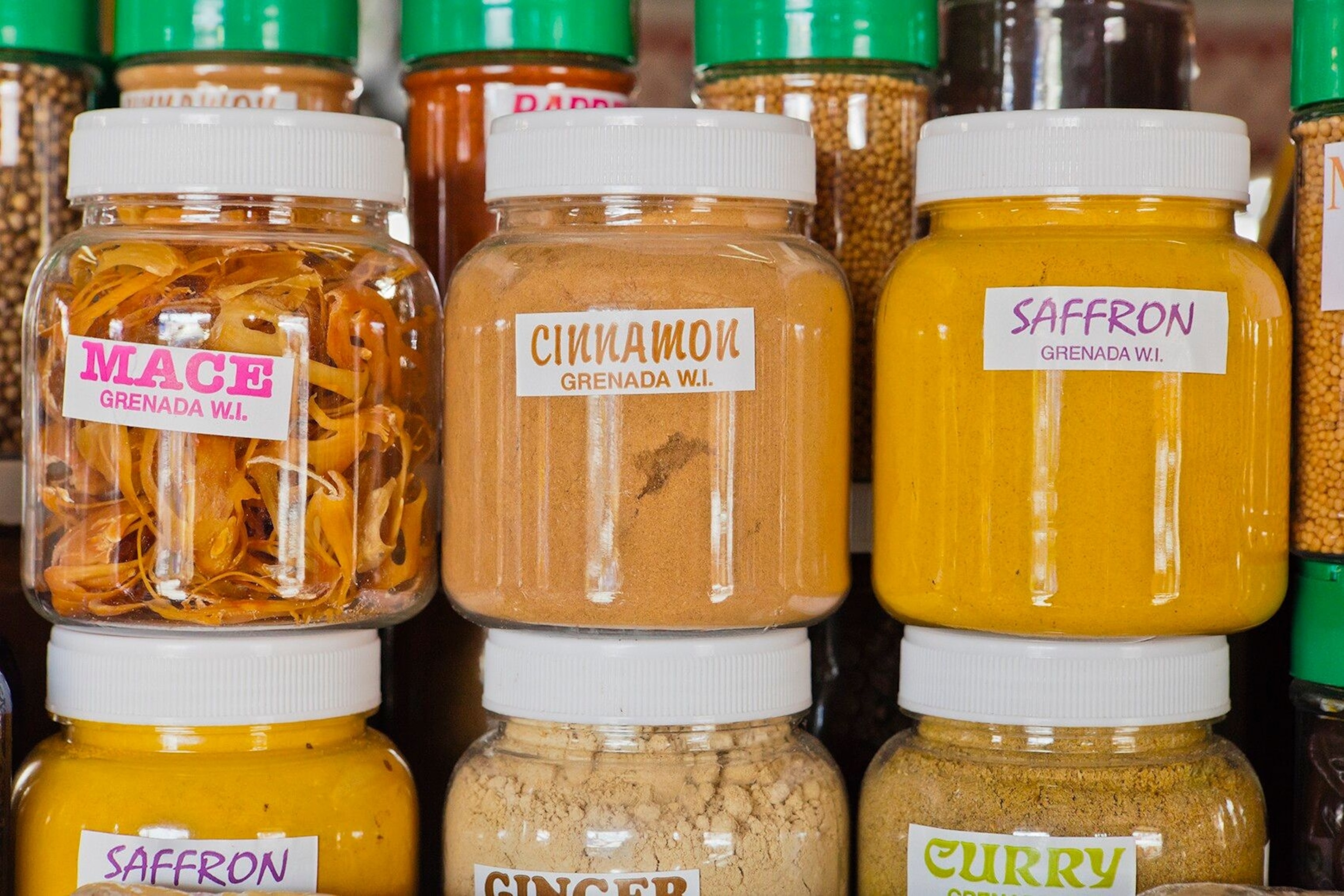
De La Grenade’s tropical pancakes
This recipe calls for sweet and aromatic nutmeg syrup, which you can buy from goodsixty.co.uk. Alternatively, use maple syrup and a generous grating of nutmeg.
Makes: 8 pancakes
Takes: 15 mins
Ingredients
250g plain flour
40g caster sugar
1 tbsp baking powder
¾ tsp salt
1 tsp ground cinnamon
2 medium eggs, beaten
360ml milk
3 tbsp vegetable oil
1 ripe banana, peeled and thinly sliced
butter, for frying
To serve
Morne Délice Nutmeg Syrup
2 ripe bananas, peeled and thinly sliced
250g passionfruit, flesh scooped out
grated nutmeg
Method
- Add the flour, sugar, baking powder, salt and cinnamon to a large mixing bowl and whisk until combined.
- Beat the eggs, milk, oil and banana together in a second bowl, then add this wet mixture to the dry mixture.
- Mix well to combine. The banana will make the batter lumpy, but that’s completely fine.
- Place a large, heavy-bottomed frying pan over medium-high heat and add a little butter. For each pancake, add a ladleful of batter to the pan — do two or three at a time, depending on space. Cook for 2-3 mins, until bubbles form on the surface, then flip and fry for another 2-3 mins, until browned on both sides and cooked through.
- Serve warm, drizzled with nutmeg syrup and topped with banana slices, passionfruit and a generous grating of nutmeg.
Follow us on social media
Facebook | Twitter | Instagram



